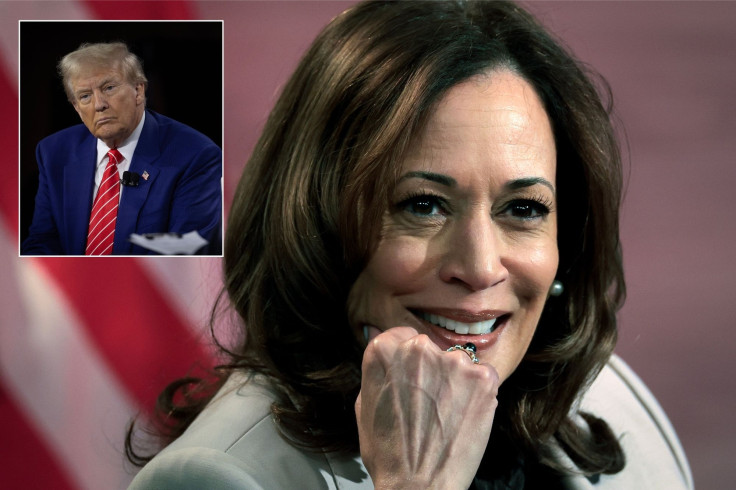
A new poll has revealed that when it comes to Hispanic voters in the battleground states, Vice President Kamala Harris was leading against former President Donald Trump.
The new GQR poll from Voto Latino found big differences in how Latino voters plan to vote in different states.
Without including third-party candidates, 59% of voters in Nevada, 62% in Michigan and 61% in Wisconsin said they supported Harris. In Arizona, 66% of voters said they supported Harris, while in North Carolina, 67% and in Pennsylvania, 77% backed her, The Hill reported.
The poll revealed that about one-third of Latinos in these states still supported Trump, but endorsement for third-party candidates has dropped, benefiting Harris. The survey, conducted from Sept. 25 to Oct. 2, found that 64% of those polled supported Harris, 31% supported Trump, and 5% backed third-party candidates.
A similar poll in April showed 48% support for President Joe Biden, 33% for Trump and 12% for independent candidate Robert F. Kennedy Jr.
CEO of Voto Latino María Teresa Kumar said, "In a place like Arizona, where she's doing really well, part of the reason is that Sheriff [Joe] Arpaio is not a distant memory. He's fresh," The Hill reported.
"He's what got a lot of these people in the game. And so, the fact that she was able to swing and not just tear into Trump, but also diminish the stronghold of independent voters, that really struck me."
Kumar explained that Harris's weaker support among Latinos in the Midwest was partly due to the limited availability of government services in rural areas. Evangelical churches often stepped in to fill the gaps left by the government in these communities.
In rural areas, people may rely on the government for help with things like learning English or childcare, but when these services are not available, the church provides support. In many cases, it is an Evangelical church, and as a result, more Latinos are turning to these churches out of necessity, leading to eventual conversion.
GQR reported a margin of error of 2.19 percentage points for the entire poll, 4.9 points for states with 400 respondents, and 6.92 points for states with 200 respondents.
Overall, the poll showed the two presidential candidates are very close in national and battleground state polls, with both campaigns pushing hard in the final two weeks before election day.
© 2024 Latin Times. All rights reserved. Do not reproduce without permission.










